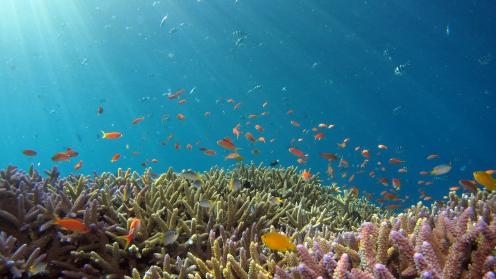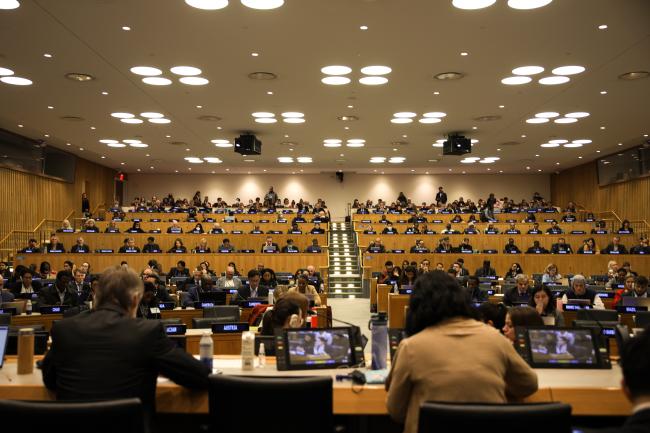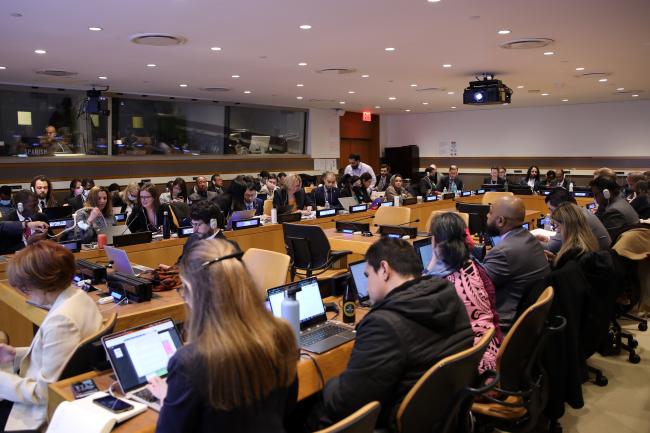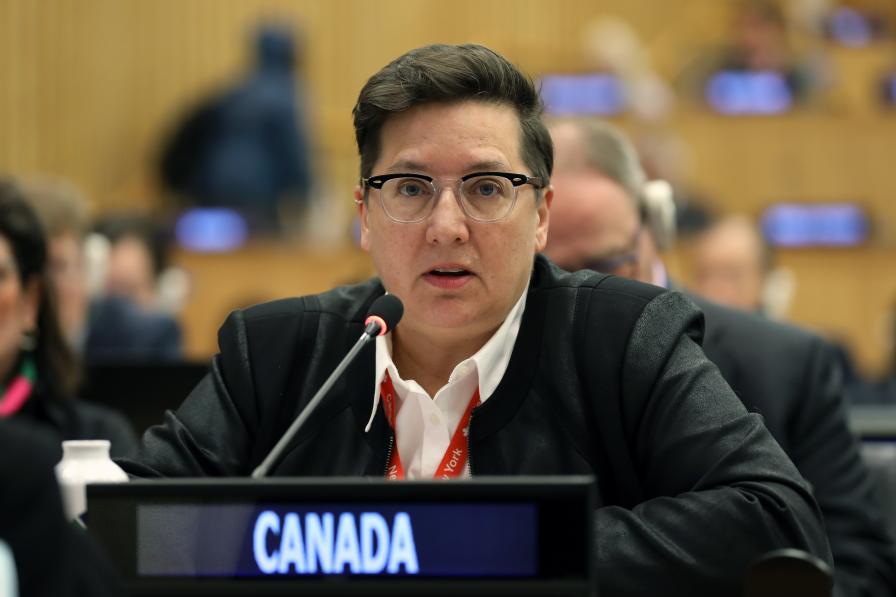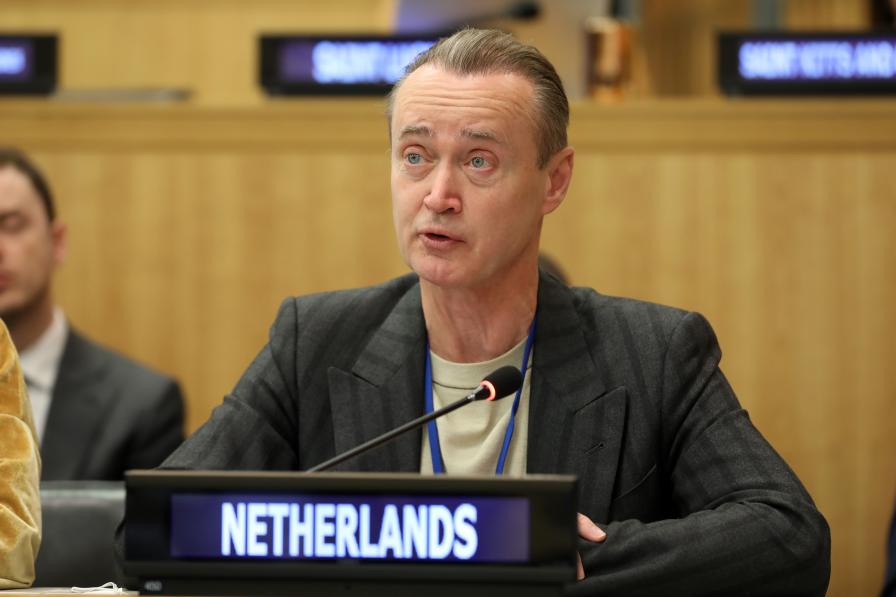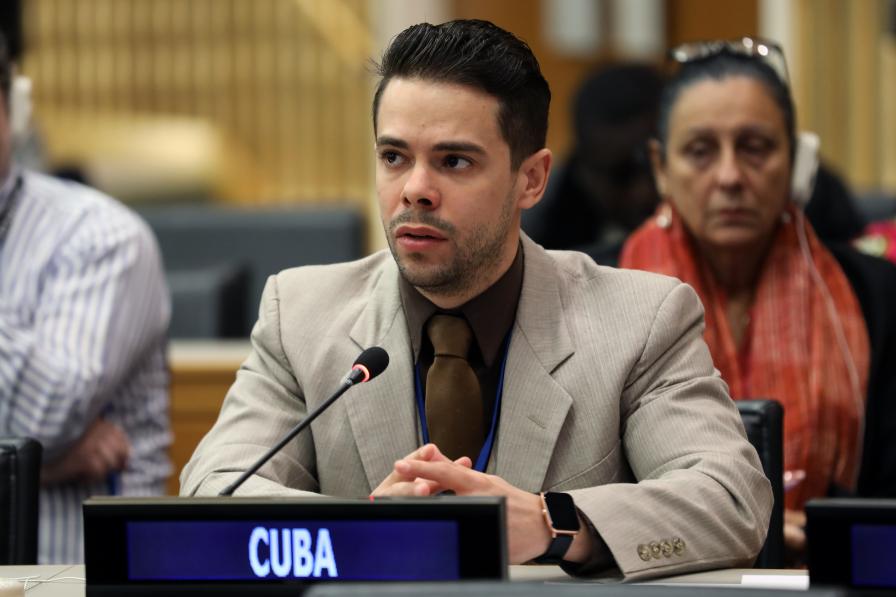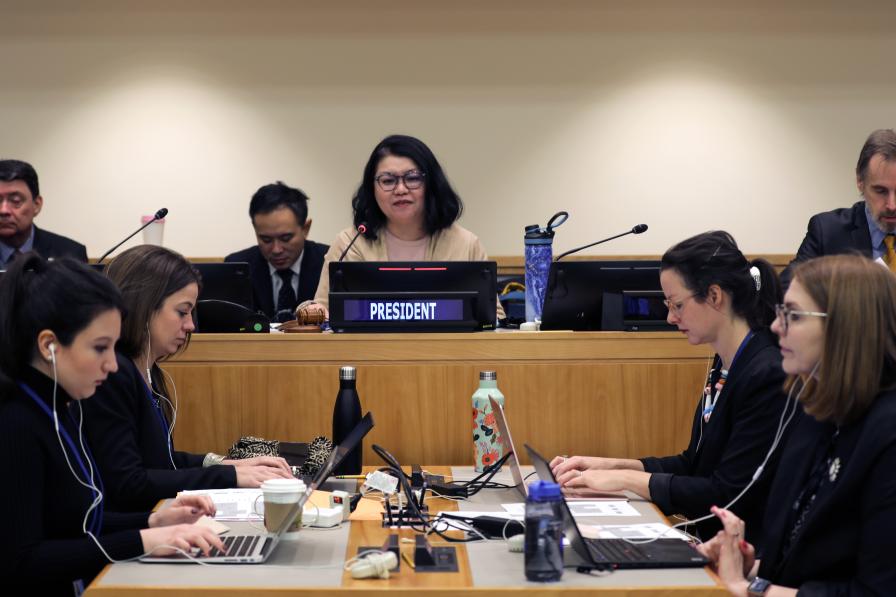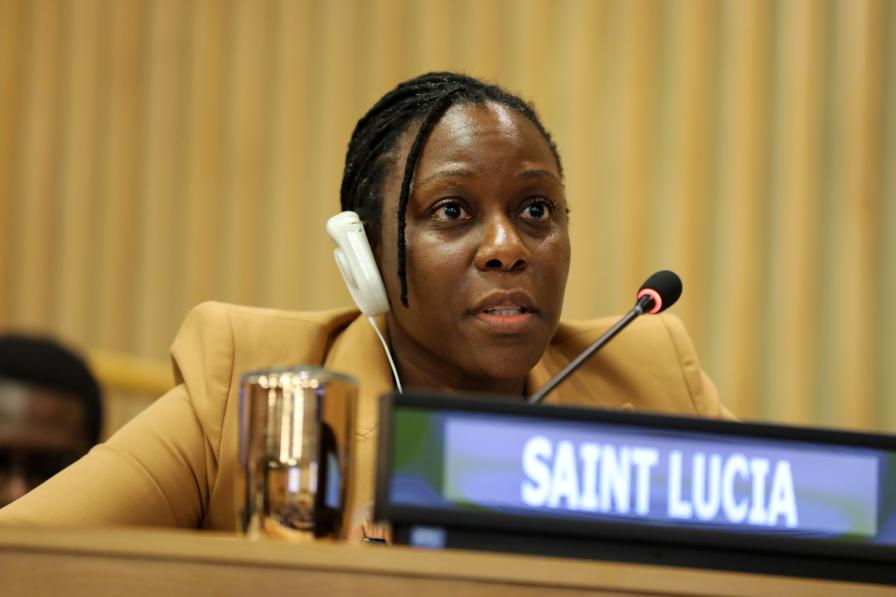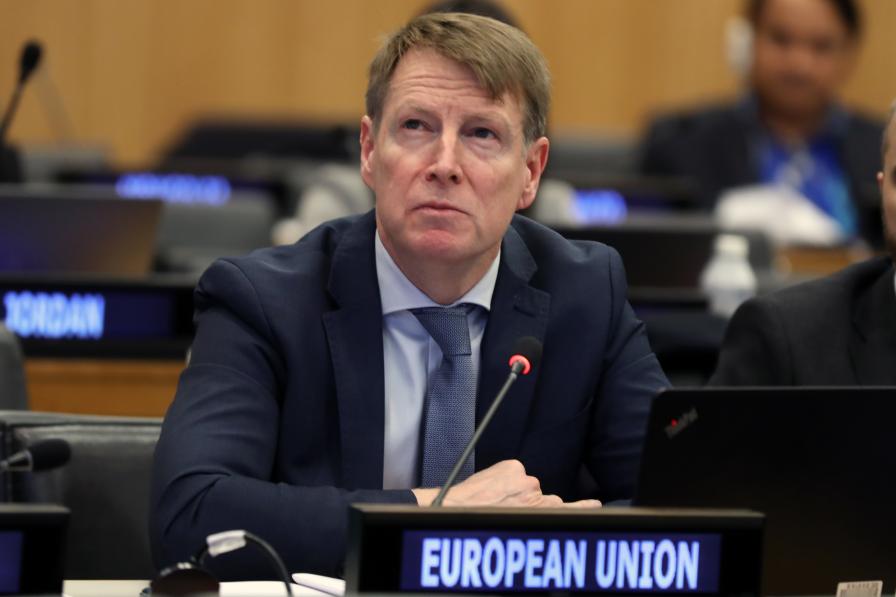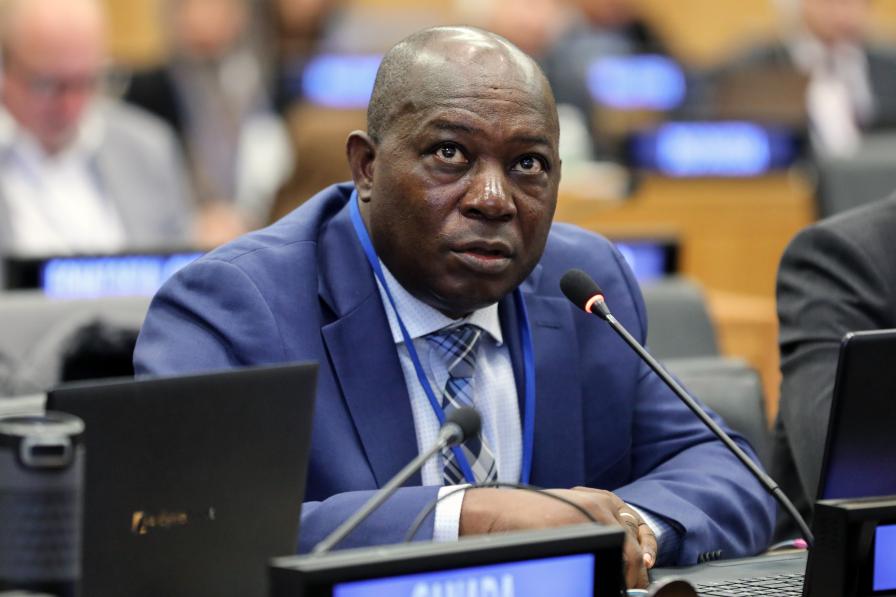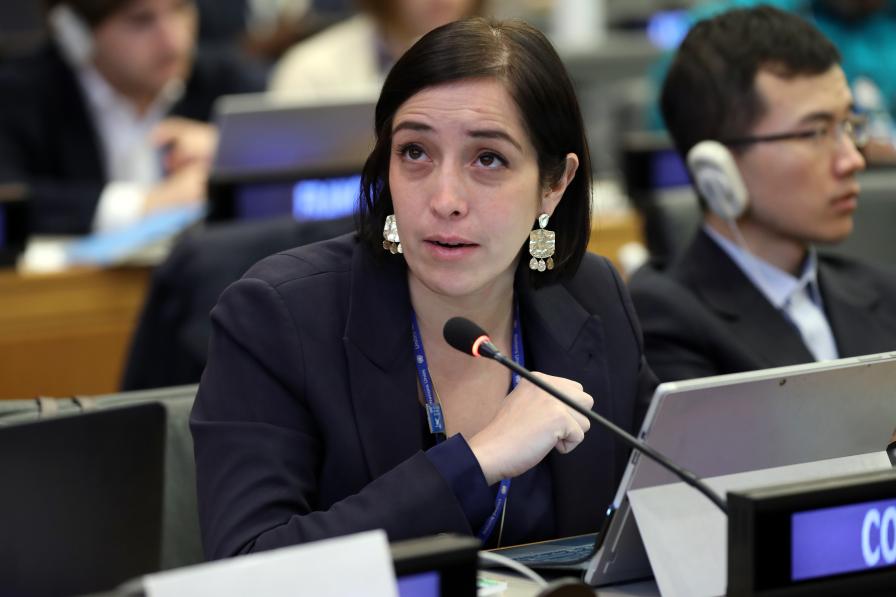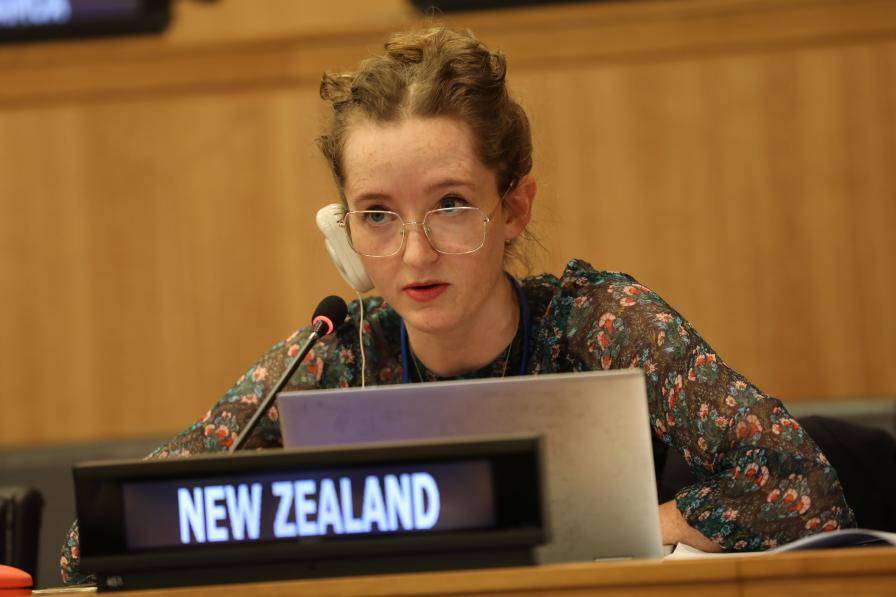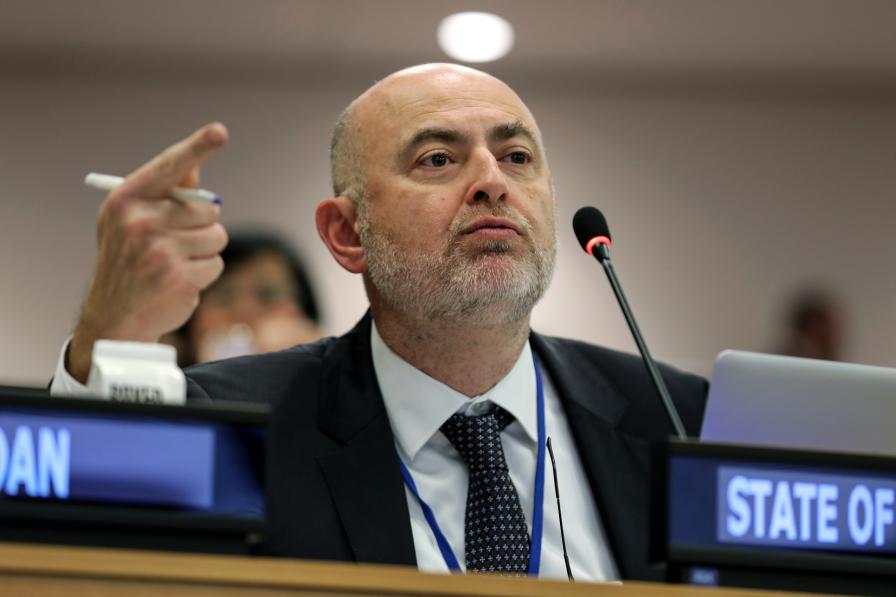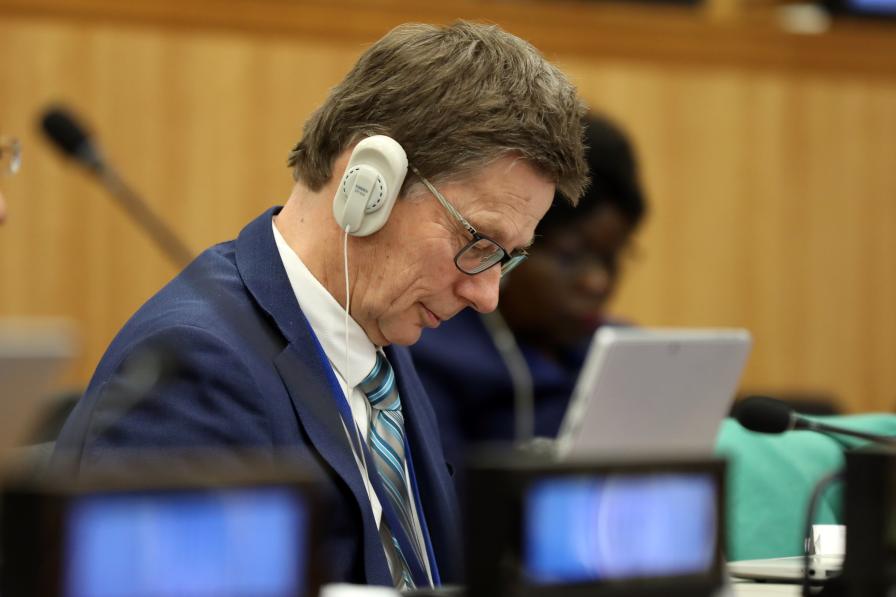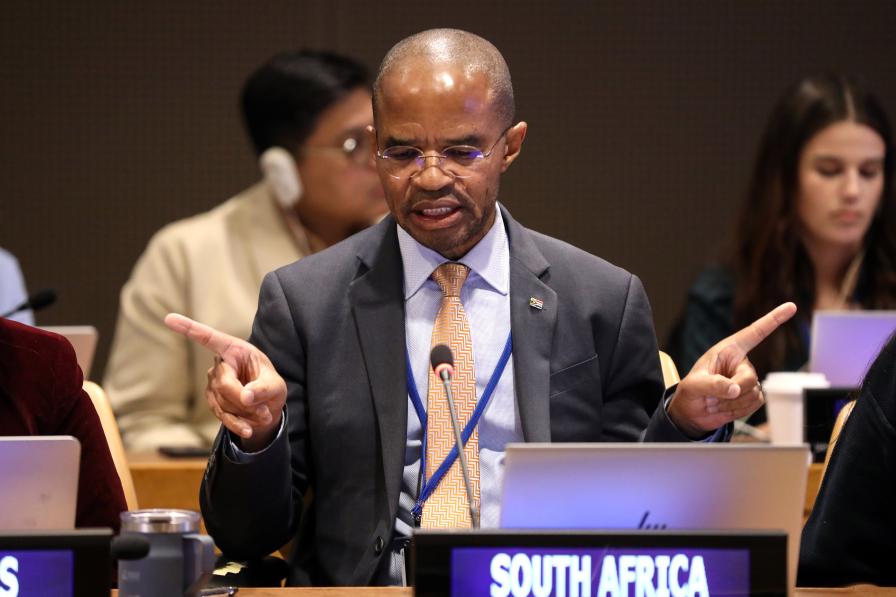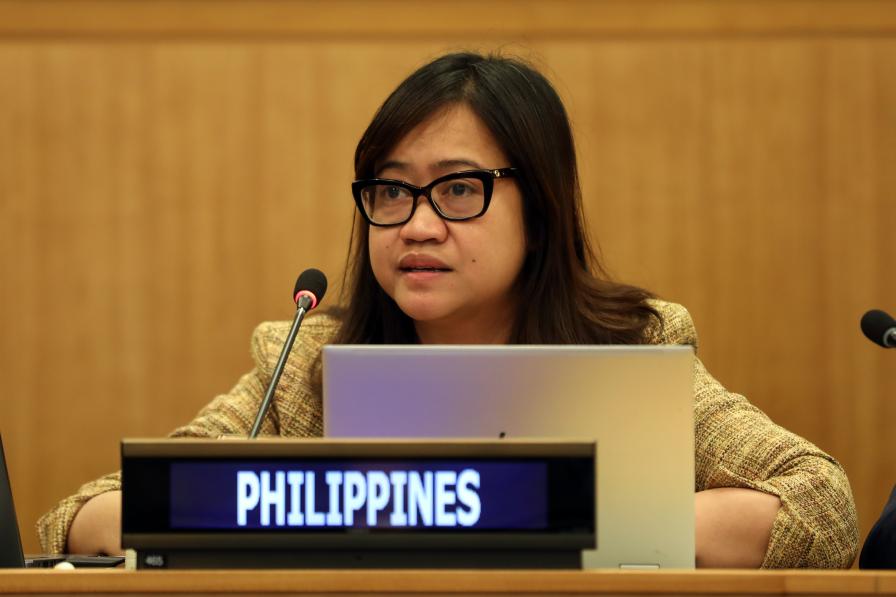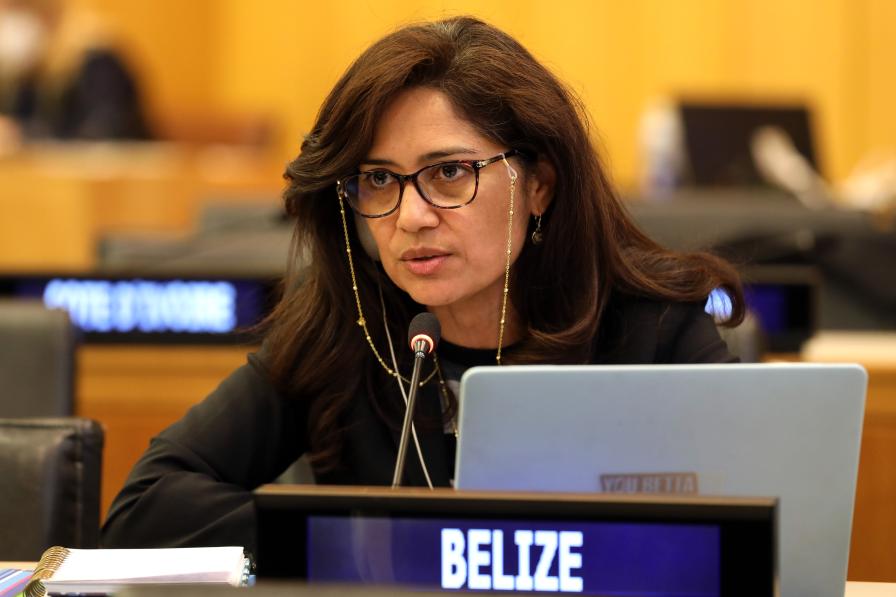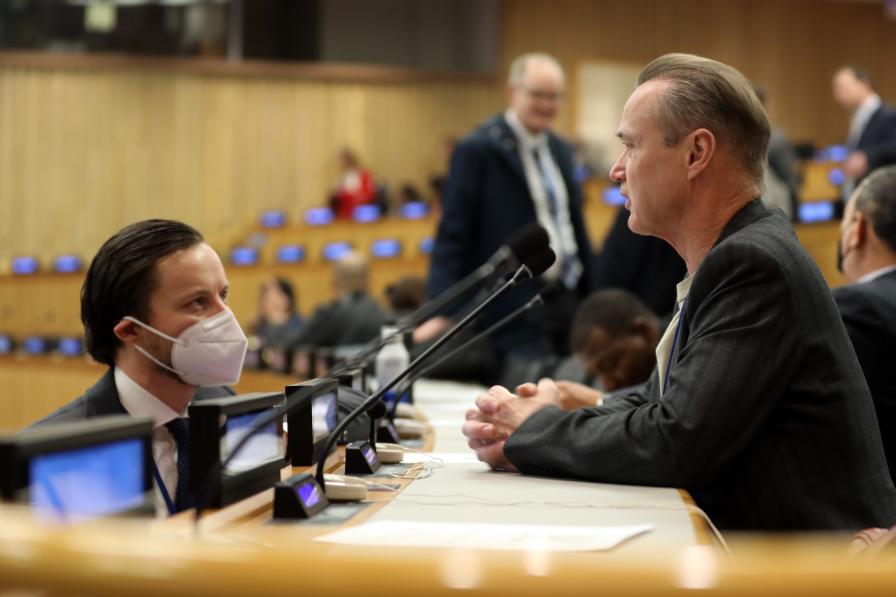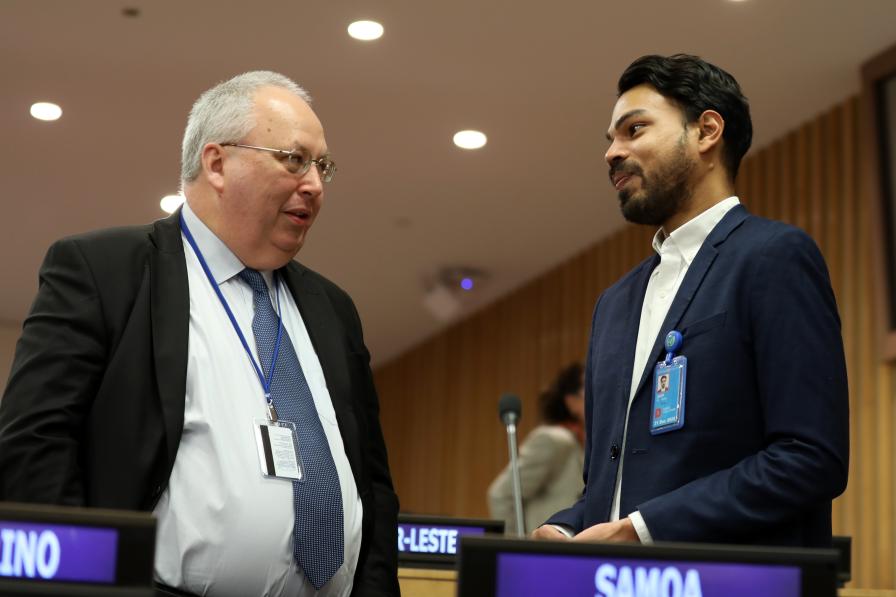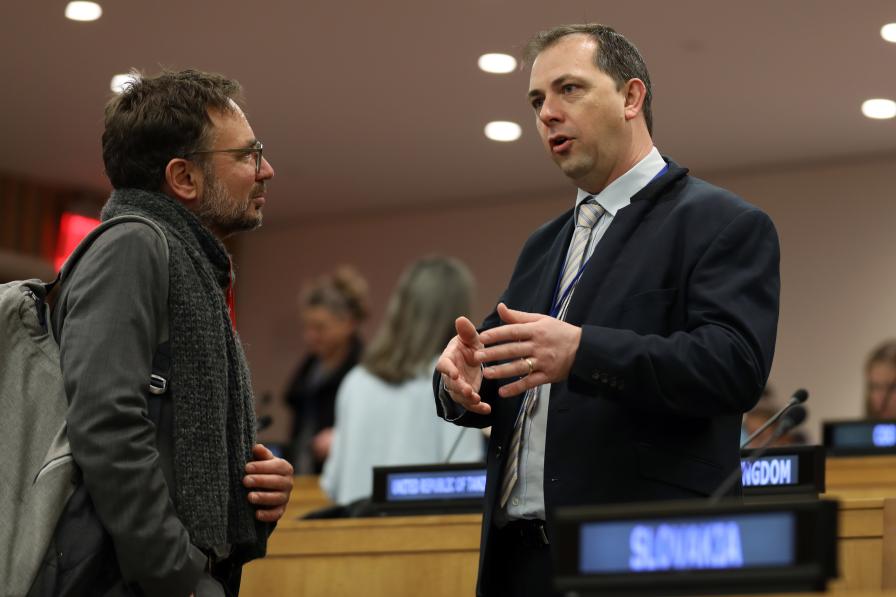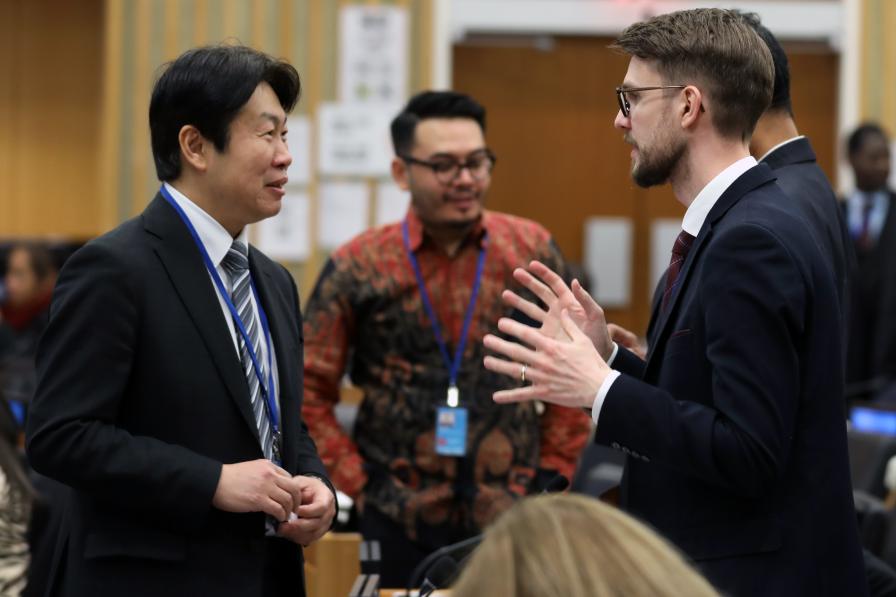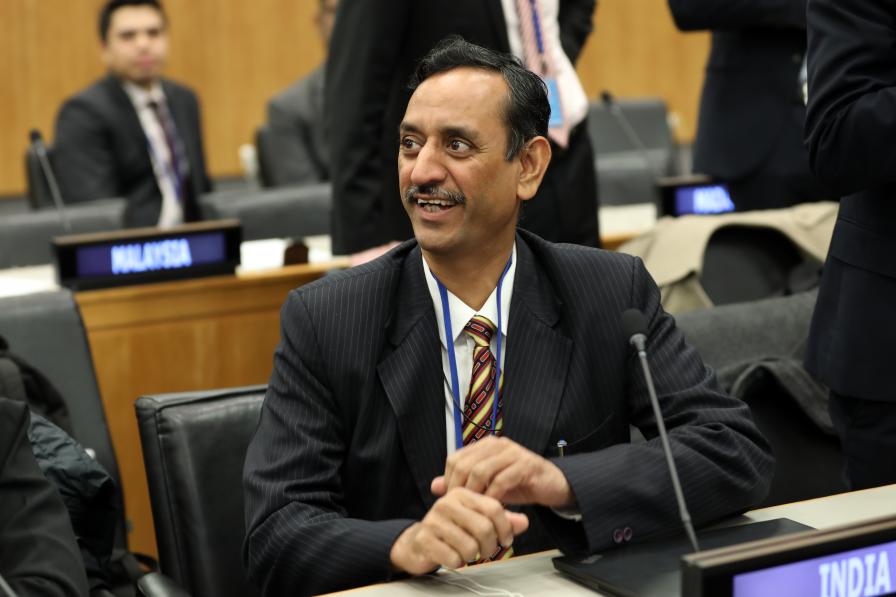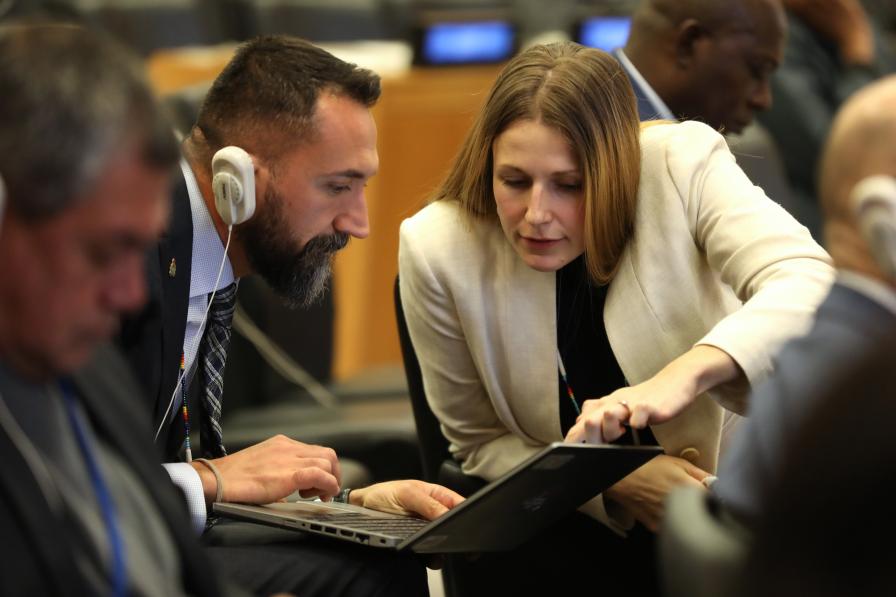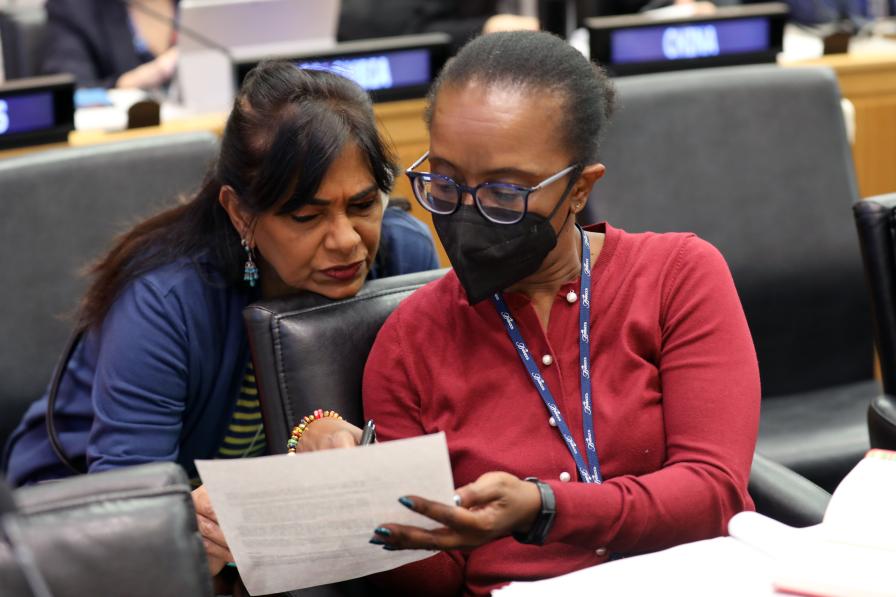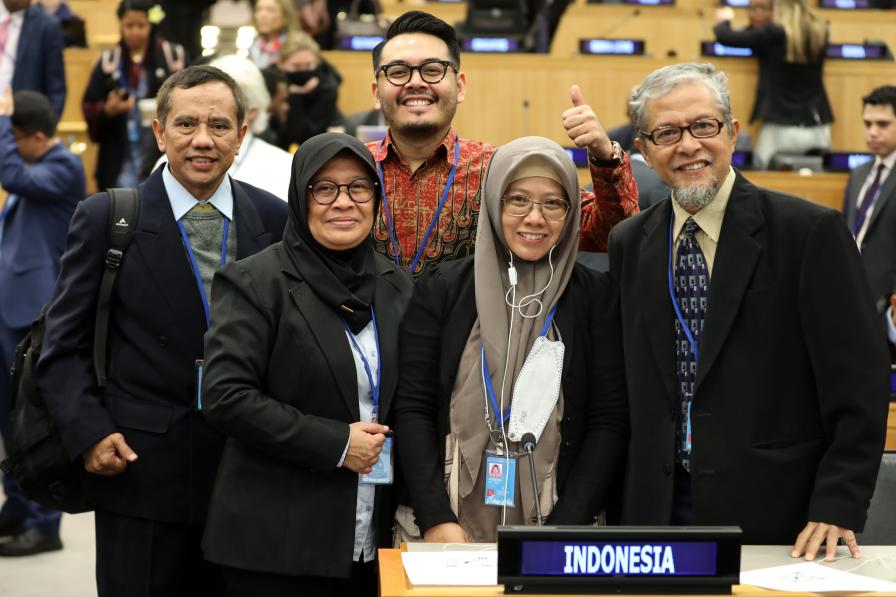In a brief morning stocktaking plenary, delegates heard about the progress made over the previous day at the resumed fifth session of the Intergovernmental Conference (IGC-5.2) on the conservation and sustainable use of marine biological diversity of areas beyond national jurisdiction (BBNJ).
Want to dive deeper? Read the full Earth Negotiations Bulletin daily report.
Shifting into high gear, they spent the day addressing as many outstanding issues as possible, meeting in six informal-informals and four small groups throughout the day. They addressed provisions related to: marine genetic resources (MGRs), including questions of benefit-sharing; area-based management tools (ABMTs), including marine protected areas (MPAs); environmental impact assessments (EIAs); capacity building and the transfer of marine technology (CB&TT); and cross-cutting issues, including general provisions, compliance, and dispute settlement.
On general provisions, a number of groups and countries reiterated that the inclusion of the common heritage of humankind principle is of utmost importance, while others still opposed it. A number of delegates urged inclusion of the precautionary approach, while two groups of countries made a case for use of the term precautionary principle, also favored by others who indicated flexibility.
On MGRs, delegates noted convergence towards use of the term “digital sequence information” (DSI) rather than associated data and information. In other discussions, delegates disagreed on whether the agreement shall apply to activities with respect to MGRs of areas beyond national jurisdiction (ABNJ) only after the entry into force of the agreement, with some stressing the need to extend the temporal scope.
On ABMTs, among other discussions, one delegation introduced text regarding exclusions related to disputed areas, calling to include it in the updated text to be issued over the weekend. Delegates were divided over whether to include this new language, with a number strongly opposing such inclusion in any part of the agreement.
On EIAs, some delegations expressed reservations about including the concept of cumulative impacts in the agreement. Others felt that if cumulative impacts are not assessed in the EIA process, the assessment of the impacts would not be conducted in a comprehensive way. The question of how to operationalize the cumulative impact assessment was also raised, with the explanation that it is possible to identify and assess cumulative impacts through modelling.
On CB&TT, delegates made some progress on cleaning “non-controversial” parts of the text. However, they also broached the testy issue of the modalities for the transfer of marine technology, without much further progress. Elsewhere in the section, regarding the inclusion of EIA and strategic environmental assessment (SEAs) in the objectives of CB&TT, divergent views remain.
On compliance, delegates made some progress regarding the creation of a compliance committee, with the understanding that it would be non-adversarial and non-punitive.
Small group discussions went on unabated throughout the day, with delegates addressing outstanding provisions throughout the text. IGC President Rena Lee informed delegates that an updated text will be issued on Saturday, 25 February 2023.
To receive free coverage of global environmental events delivered to your inbox, subscribe to the ENB Update newsletter.
All ENB photos are free to use with attribution. For the Resumed 5th Session of the Intergovernmental Conference (IGC) on BBNJ, please use: Photo by IISD/ENB | Mike Muzurakis
Plenary Session

Janine Coye-Felson, Belize, facilitated the informal discussions on MGRs, including questions on benefit-sharing
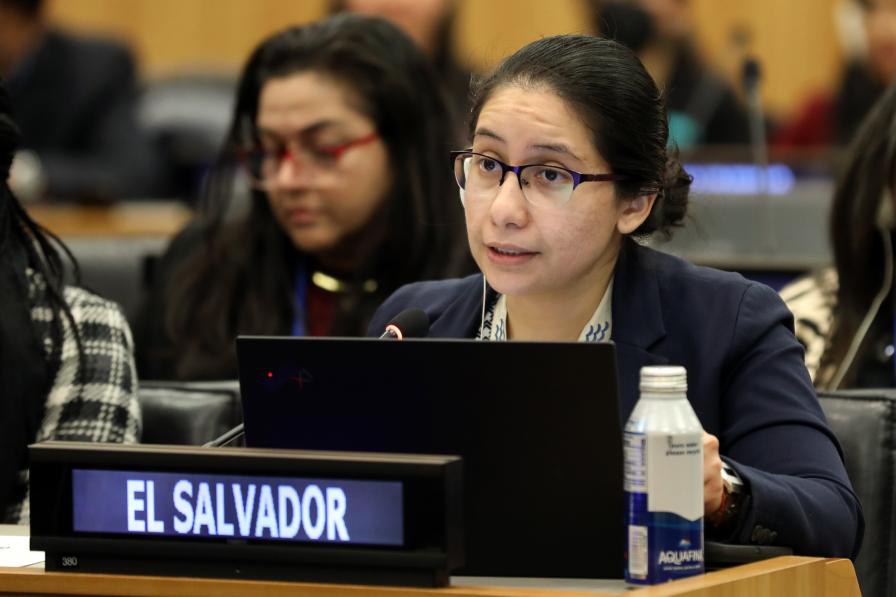
Ligia Flores, El Salvador, facilitated the informal discussions on capacity building and transfer of marine technology
